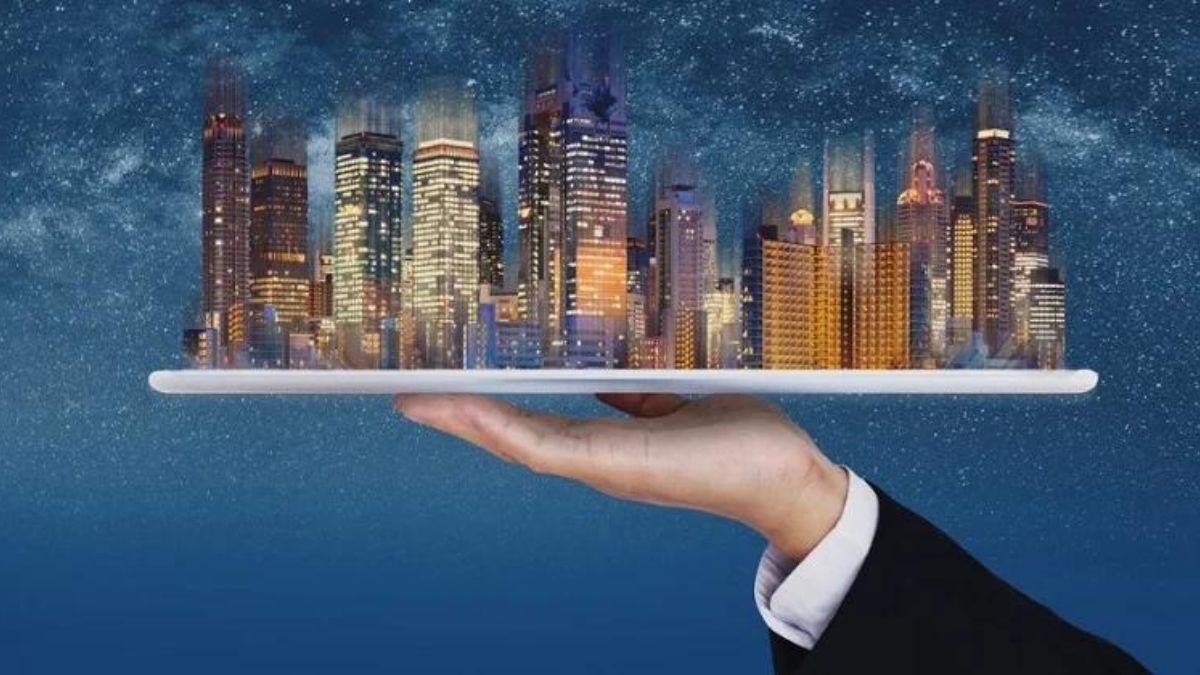
Advertisement
The real estate industry is undergoing a profound transformation as sustainability and green building practices take center stage in development projects worldwide. With growing concerns about climate change and environmental degradation, developers, architects, and policymakers are prioritizing eco-friendly design principles to create more resilient, energy-efficient, and environmentally responsible buildings.
One of the key drivers behind the shift towards sustainability in real estate is the recognition of the built environment’s significant impact on greenhouse gas emissions and natural resource consumption. By embracing green building practices, developers can reduce carbon footprints, minimize waste generation, and mitigate environmental harm, thereby contributing to global efforts to combat climate change.
A core aspect of sustainable development is energy efficiency, with developers incorporating renewable energy sources, such as solar panels and wind turbines, into building designs to reduce reliance on fossil fuels and lower operating costs. Additionally, innovative technologies, such as smart thermostats, energy-efficient appliances, and automated lighting systems, are being integrated into buildings to optimize energy usage and enhance occupant comfort.
Furthermore, sustainable development encompasses considerations beyond energy efficiency, including water conservation, waste management, and materials sourcing. Developers are implementing rainwater harvesting systems, low-flow plumbing fixtures, and greywater recycling technologies to reduce water consumption and minimize environmental impact. Moreover, sustainable building materials, such as recycled steel, reclaimed wood, and low-emission paints, are being used to create healthier indoor environments and reduce the ecological footprint of construction projects.
In addition to environmental benefits, sustainable development offers economic advantages, such as long-term cost savings, enhanced property value, and improved occupant health and productivity. As consumers become increasingly conscious of environmental issues, demand for sustainable real estate is expected to rise, driving market differentiation and incentivizing developers to prioritize green building practices.
Ultimately, the shift towards sustainability in real estate represents a paradigm shift in the industry, with stakeholders embracing a holistic approach to development that balances economic viability, environmental responsibility, and social equity. By embracing sustainable design principles and green building practices, the real estate industry can play a pivotal role in building a more sustainable and resilient future for generations to come.
